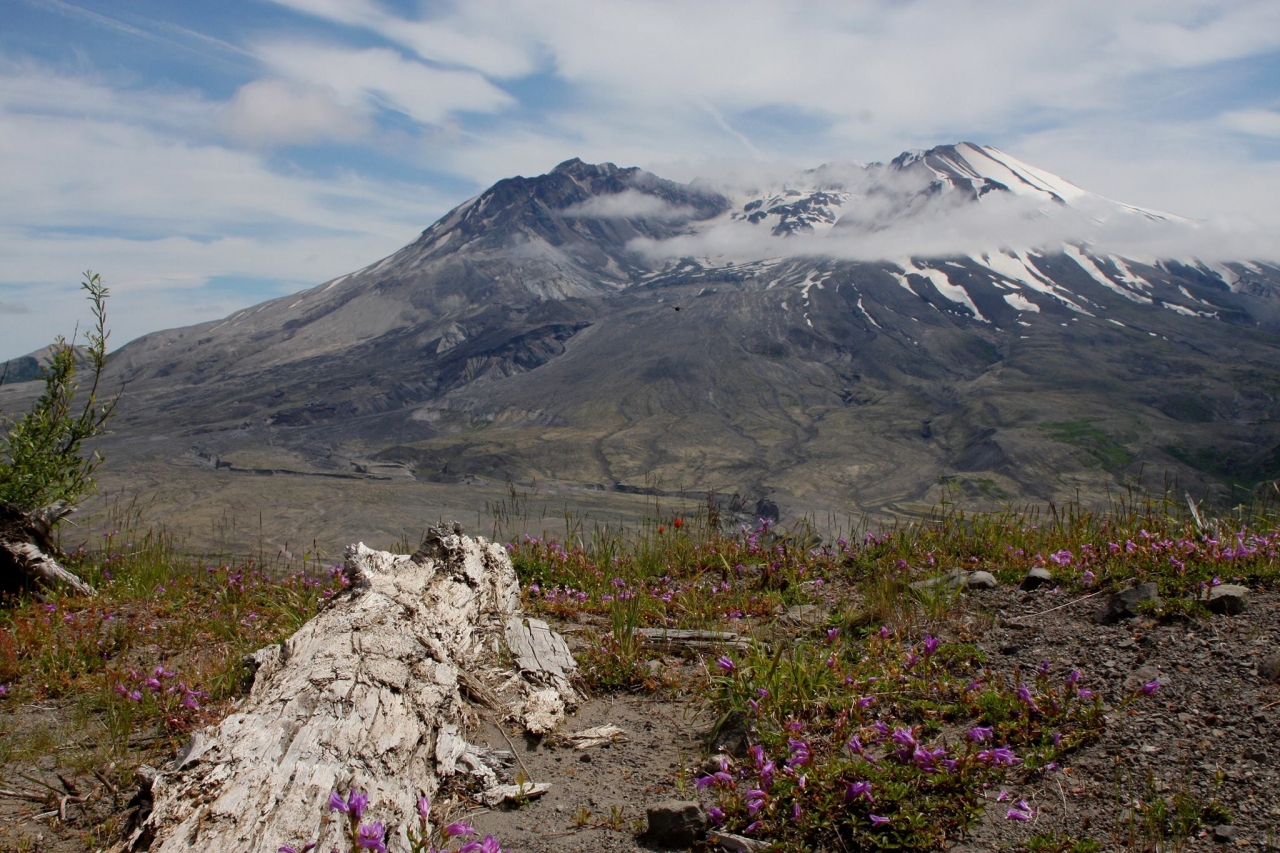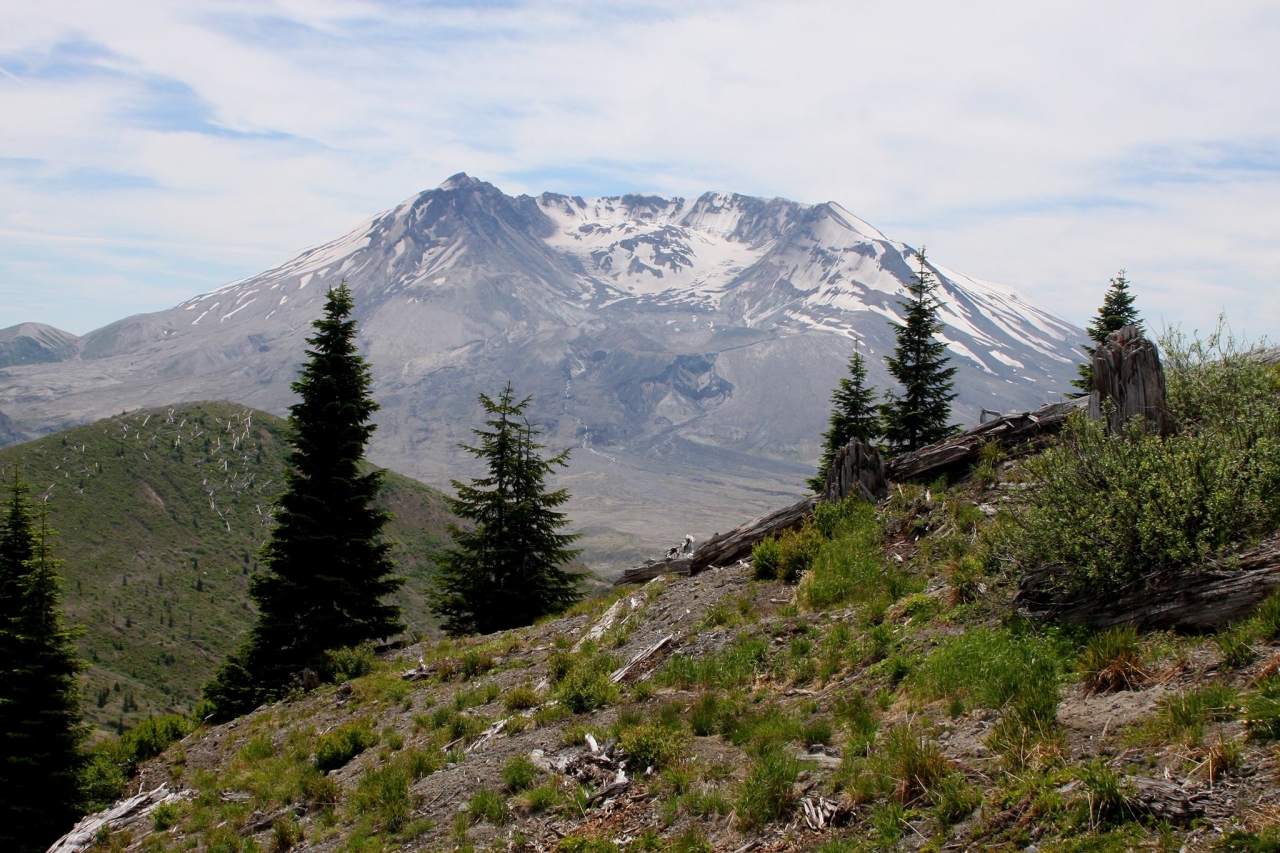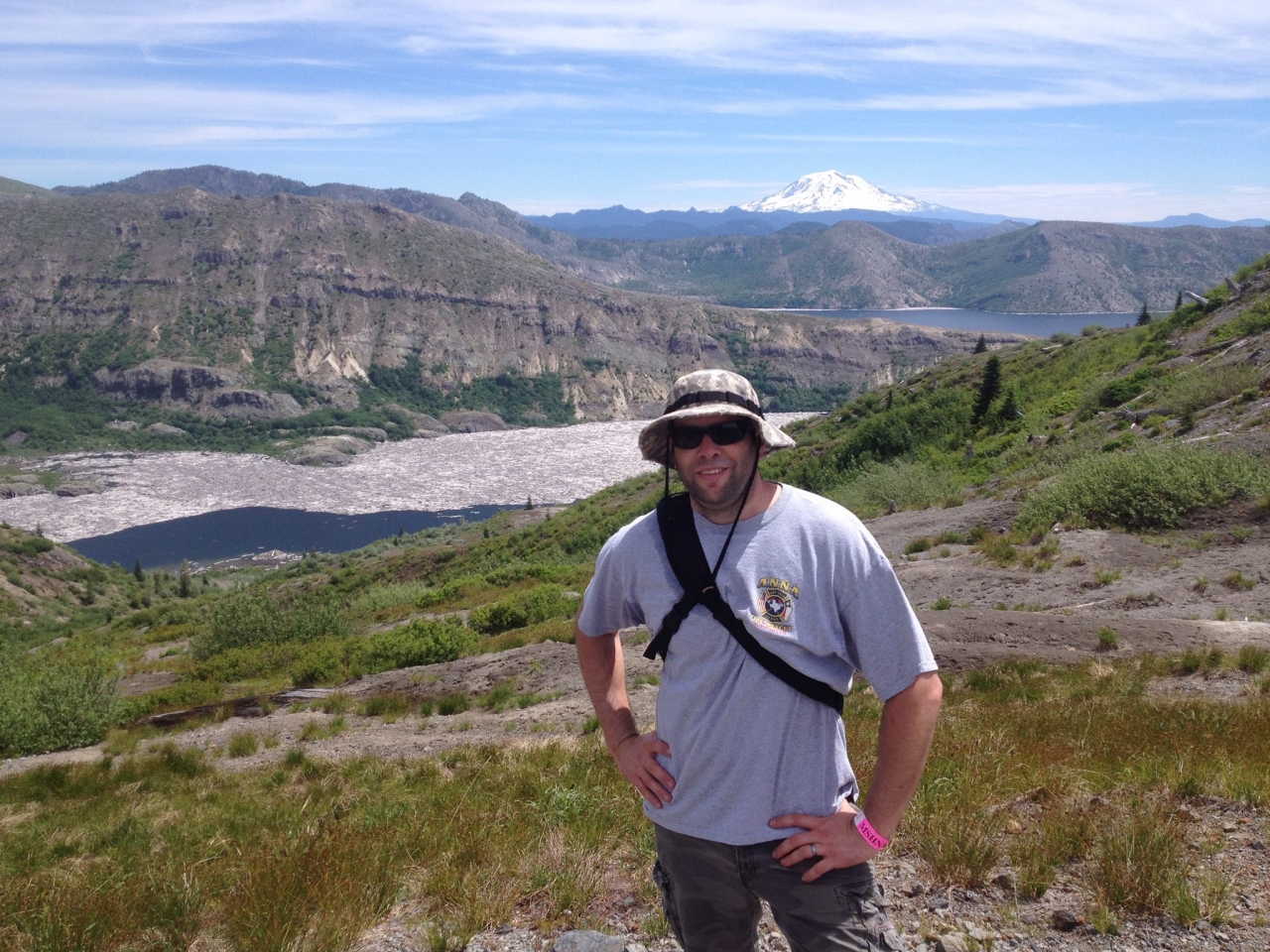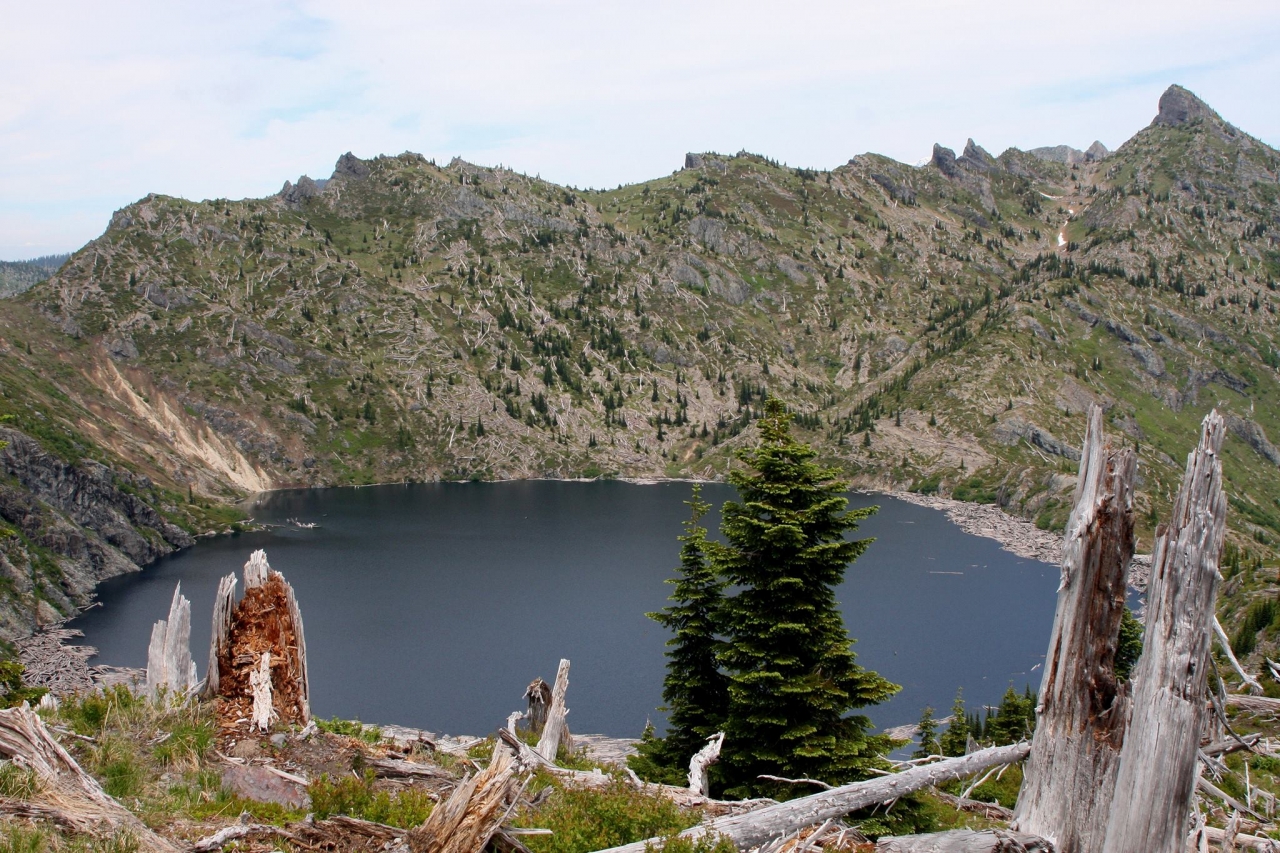Humptulips
ArboristSite Guru
When it blew I remember thinking we'll never get any ash here. I'm NW of it quite aways and with the prevailing winds and the south flanks of the Olympics between us it seemed impossible. I was working only about a mile from home and I think it was Tuesday when I got up to go to work there was a strange yellow color outside. The ash was coming down. We didn't get much but I was pulling riggin' and I remember breathing that stuff the rest of the summer. Every time a turn took off you got a dose. We tried wearing dust masks but you could not suck enough air through them when you were working hard. Threw them away the first day. I don't imagine it was to good for our lungs. I never worked in the blast zone after but them guys that did had to have ended up with some ill effects from all that ash in the air.









